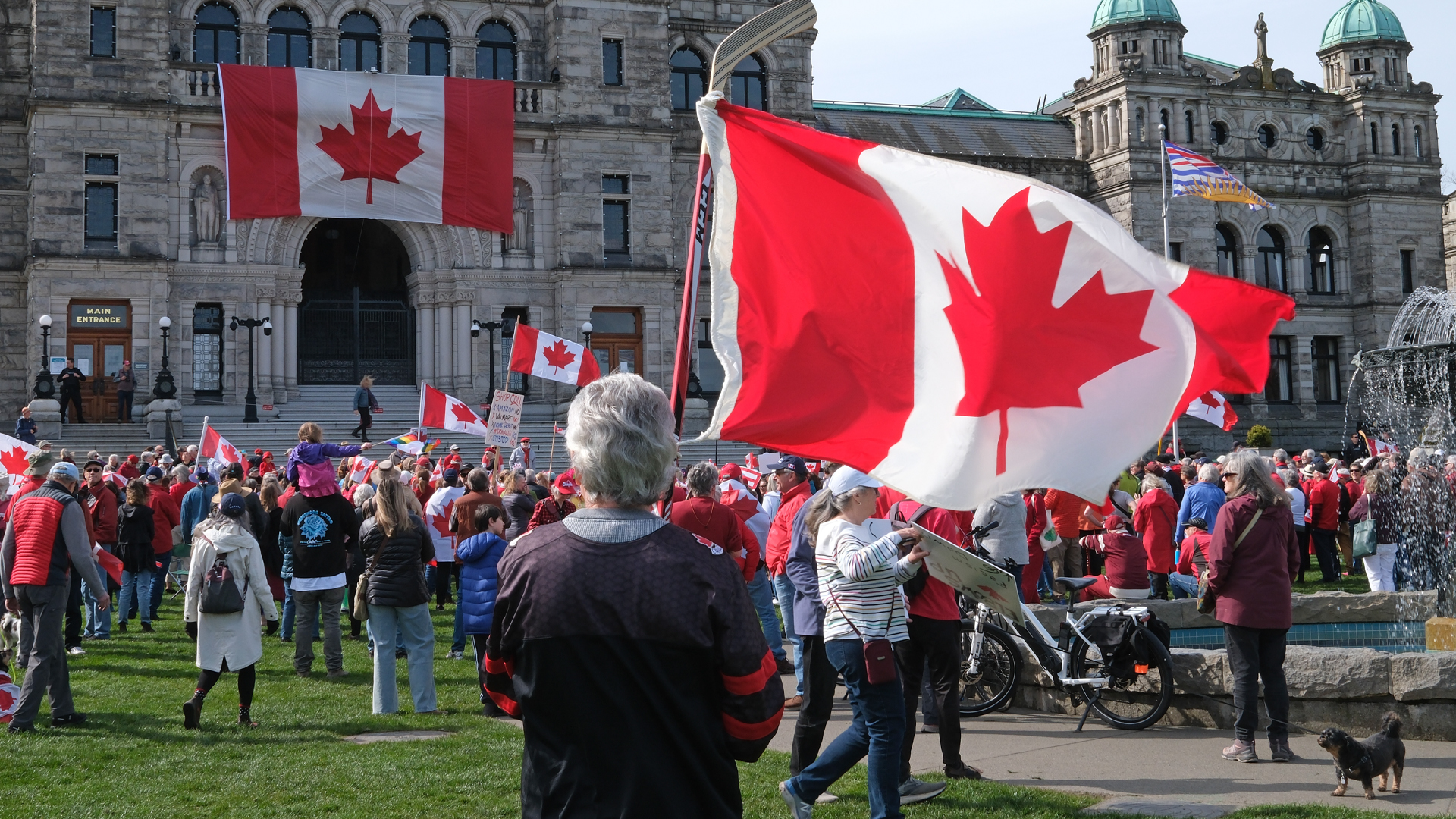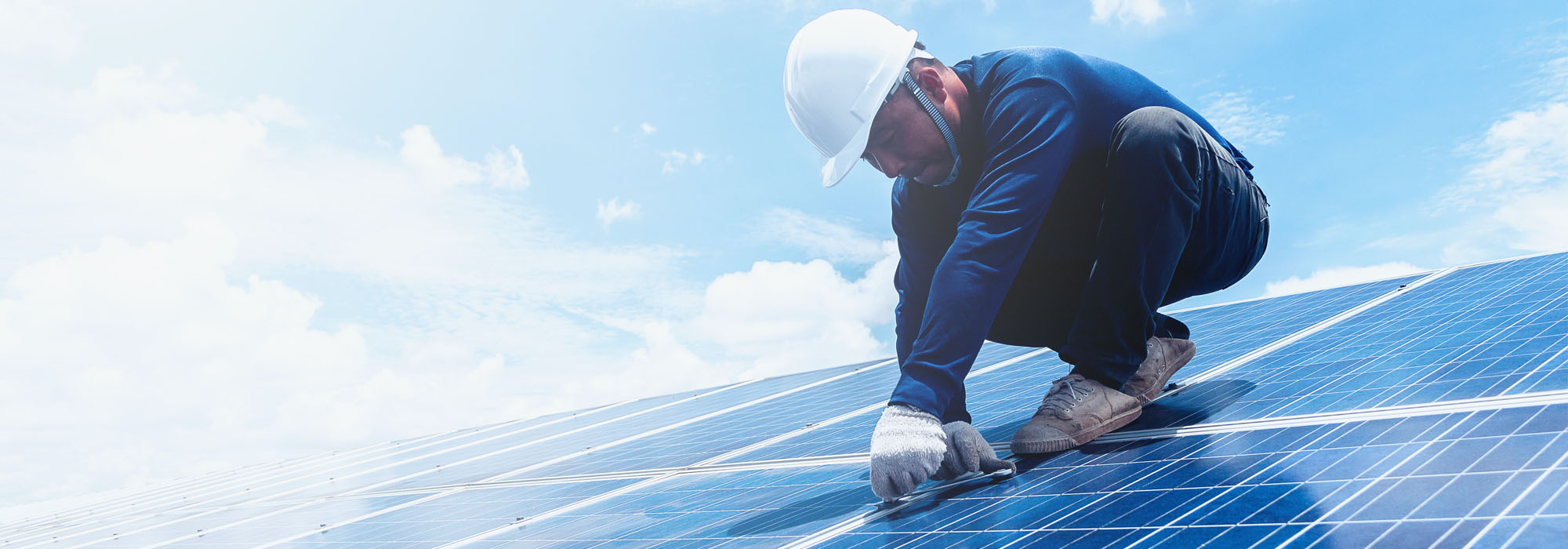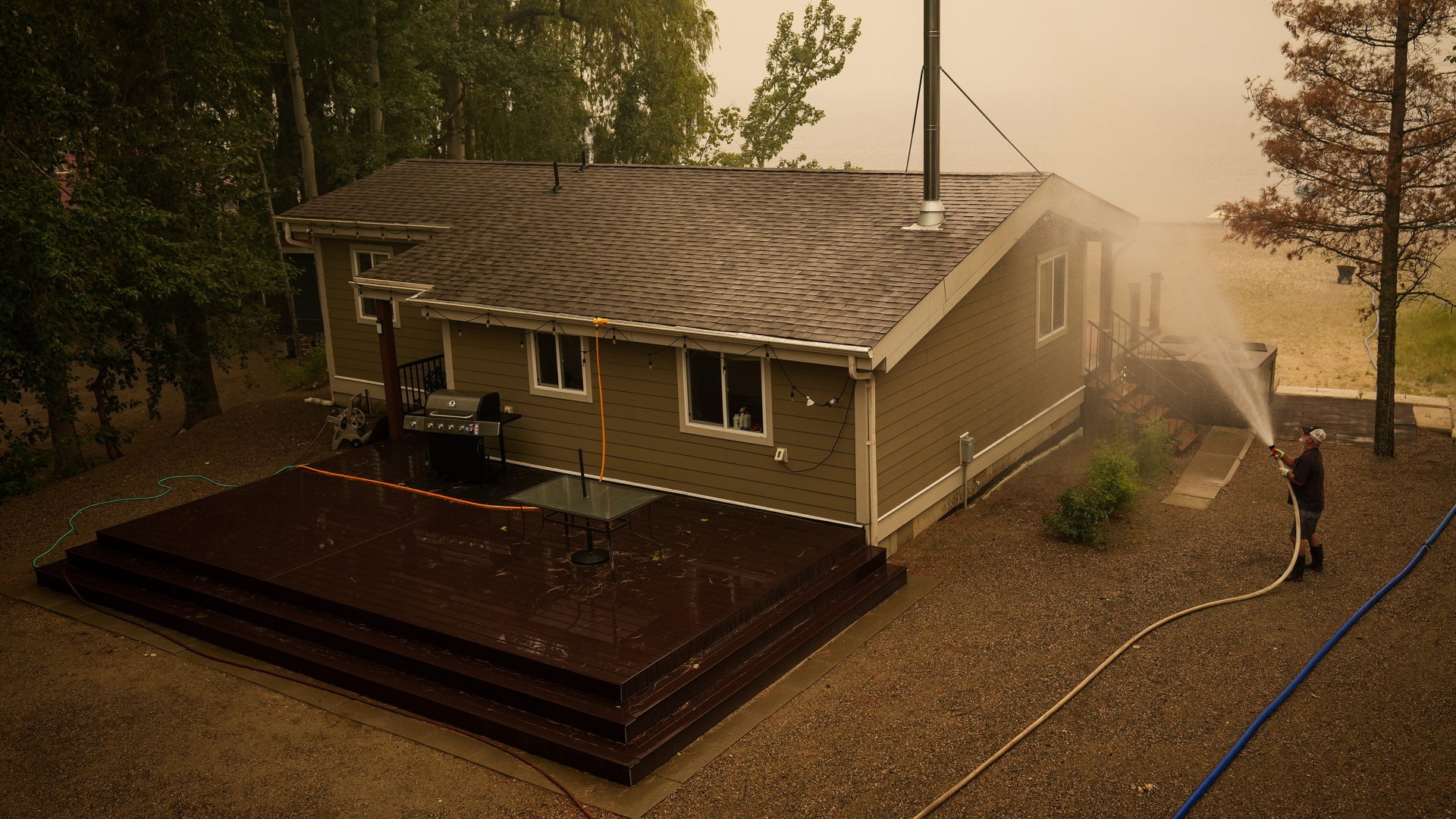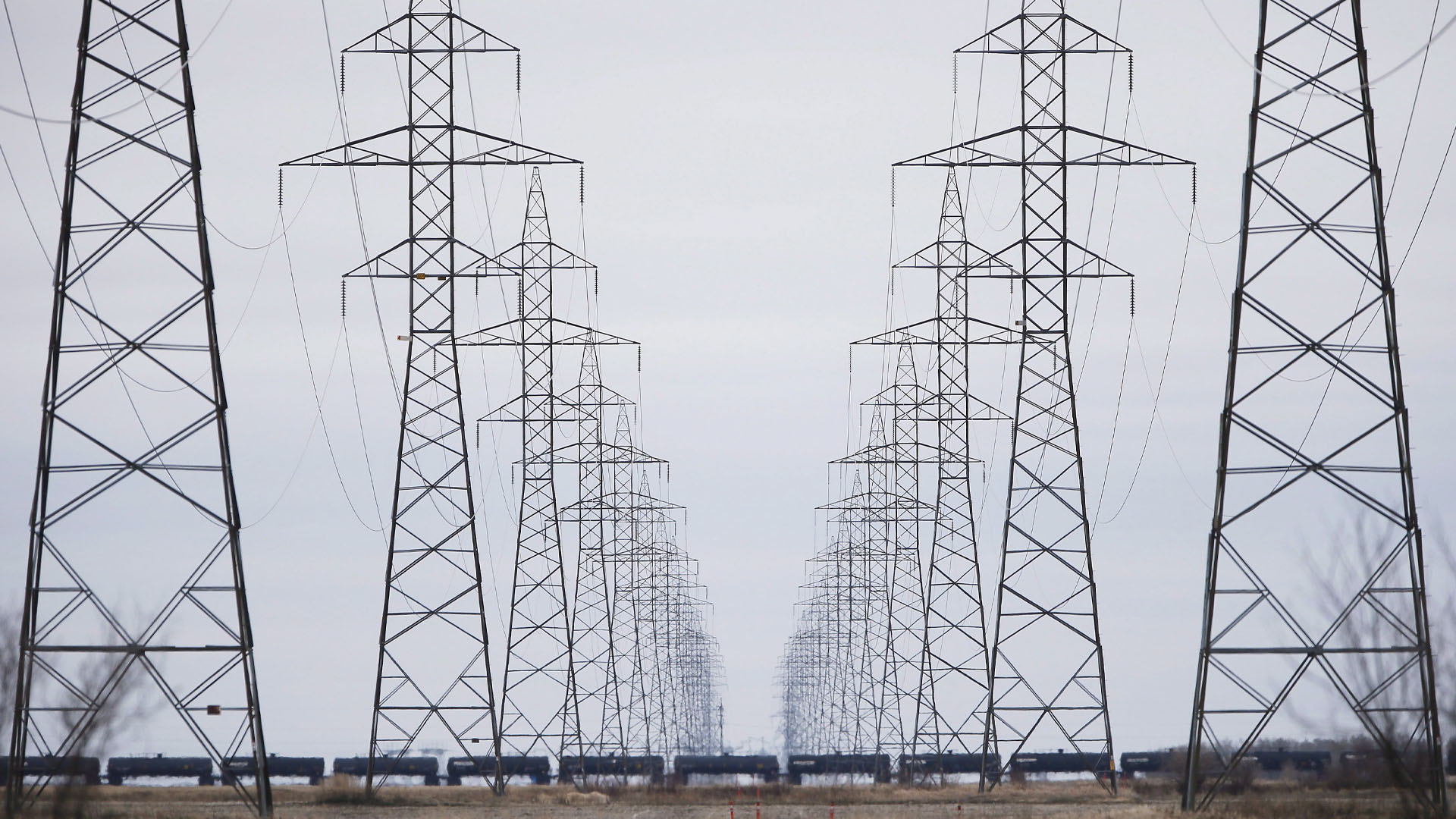
Media reports say climate change mitigation will play a prominent role in the COVID-19 economic recovery, with the federal government planning to invest in the environment as part of its stimulus spending. Stimulus is a concept associated with John Maynard Keynes, calling for public spending to kick-start the economy. Stimulus was used after the 2008 global financial crisis, but was quickly removed, and the global economy never fully recovered.
For the clean-energy initiatives that were part of the post-2008 plan, it was boom and bust. What was missing from the quick-hit stimulus was a move by the government to define a new trajectory for investment and innovation for decades to come. A focus on long-term investment would have been truer to Keynes’s ideas and would have defined the economic direction needed to lower greenhouse gas emissions. This time, we need to get it right
2008 financial crisis stimulus packages
The global financial crisis in 2008 came after decades of reducing the capacity of the public sector and deregulating financial markets. When it happened, governments recognized the role of public sector spending in boosting demand and creating jobs. The 2009 and 2010 Canadian budgets focused on tax cuts, and most spending commitments lasted only two years. For climate change, there was some support for clean infrastructure and the ecoEnergy retrofit program to improve energy efficiency. In the US, by comparison, renewable energy and energy efficiency investments were 8 times higher on a per capita basis.
The global retreat from government investment started after a February 2010 G7 meeting in Iqaluit. Afterwards, policy-makers relied on low-interest rate monetary policies to spur economic activity, which ended up re-inflating speculative bubbles in sectors such as real estate. This chiefly benefitted wealthy asset holders while a sputtering real economy could only offer insecure part-time and precarious work to many.
Clean energy sectors experienced a boom and then a bust. The ecoEnergy retrofit program was cancelled in 2010, which made it difficult for energy efficiency implementers to regain the trust of consumers and contractors.
Keynesian economics?
If we want to look for insights from Keynesian economic thought, we should be wary of two simplifications. First is the idea that stimulus is about spending money, in any way possible, regardless of what it is spent on. Second is that public investment should occur only during recessions to provide a “kick-start,” and then be removed.
A close reading of Keynes’s writings reveals that he was concerned with industrial structure, and encouraged spending in strategic sectors. He also favoured sustained public investment to provide full employment and stabilize the economy against the inherent instability of financial markets.
In 1938, Keynes advised then-US president Roosevelt to prioritize investments in working class housing because the sector offered large and continuing scale of potential demand, wide geographical distribution of this demand, and because the sources of finance were largely independent of the stock exchanges. This advice for public sector spending was bolstered by Roosevelt’s creation of new institutions to facilitate loans for mortgages, rural electrification, and manufacturing.
These policies ushered in a post-war “golden age,” when the main trajectory for demand, investment, and innovation was defined by technologies such as the automobile, and new appliances in suburban houses. The Cold War introduced missions for government-led innovations in areas like space exploration that reverberated through the domestic economy.
The lesson we can take from history is that if we limit government action to a quick-hit stimulus that is quickly removed, we will not have a durable recovery. We need to find a socially useful mission that can direct public and private investment and innovation in the way suburbanization and the Cold War did in the 20th century.
Battling climate change can define a durable recovery
Climate change is a global threat that provides an obvious area for public investment to define a long-term and durable economic recovery. Today, the clean economy sector has all the characteristics that Keynes saw in working class housing in the 1930s.
Decarbonizing our energy systems presents large and continuing scale of potential demand for decades to come. Consider the need to retrofit almost every building to reach the 2050 net-zero emissions target. This is not something that will take one or two years. Meeting this challenge requires more than tripling the current annual rate of retrofits by finding new approaches to logistics, marketing, financing, and manufacturing. This is a public purpose mission that needs to be led by governments, with significant potential to benefit from entrepreneurial business models and investors capable of earning returns from energy savings.
Retrofitting our homes, building a clean energy grid, electrifying transport, and restoring nature are activities that increase economic activity across a wide geographical distribution. A clean economy transition can create jobs and local investment opportunities across the country, mitigating the squabbles that have traditionally occurred because of regionally specific natural resource endowments.
Finally, the clean economy sector requires patient, long-term capital focused on earning returns from productivity improvements and environmental benefits. For a real recovery, capital needs to be funnelled towards building things instead of short-term speculation.
Our experience with COVID-19 could create the right social conditions for tackling climate change. The health crisis has increased awareness of the need to anticipate vulnerabilities, and climate change presents clear threats from extreme weather and infectious disease. The response to COVID-19 is also demonstrating the important role of a strong public sector.
The response to COVID-19 should also put to rest the idea that we can’t afford to respond to large societal challenges. Financial constraints are a bogus excuse for failing to tackle climate change when we see zero interest rates and the Bank of Canada is supporting government deficit spending through money creation. What truly matters is the economy’s capacity to produce useful things and whether there is enough demand to buy what is produced. It is the government’s responsibility to take on what Keynes called productive debt when the private sector fails to invest.
A long-term, clean economy, recovery plan
Certainly, there will be a role for creating jobs and boosting aggregate demand quickly. There are several existing climate action programs that can be ramped up, including the Low-Carbon Economy Fund, the Green Municipal Fund, and the Zero Emission Vehicle Infrastructure Program.
Yet, to avoid boom-bust climate policy support and the weak recovery we experienced post 2008, the federal government must define something more like a Marshall Plan to rebuild after the Second World War than the 2009 stimulus packages. Other jurisdictions are well placed with state investment banks such as the German KfW and the European Investment Bank, or “green banks” in states such as Connecticut and New York.
The Canada Infrastructure Bank could lead a national clean energy investment strategy. But it would need to take a more transformative view of green infrastructure, which includes zero-carbon buildings and other decentralized energy technologies. If the Infrastructure Bank is not the right vehicle, policy-makers should create new institutions, just like Roosevelt did as part of the New Deal. Expending the policy effort to create a Canadian climate investment bank makes good sense if the objective is to lay the foundation for the next decades of economic prosperity rather than solely providing short-term stimulus.
The major lesson we should learn from the post-2008 stimulus packages and the economic downturns that concerned Keynes is that consistent public investments directed toward high-potential and socially useful sectors are needed for long-run prosperity. When the COVID-19 crisis subsides, climate change is another threat we need to manage. And creating a net-zero emissions economy requires decades of public and private investment, not another quick-hit stimulus followed by fiscal austerity.
The author wrote this article as a Broadbent Institute policy fellow with expertise in energy transitions and political economy.
This article is part of the The Coronavirus Pandemic: Canada’s Response special feature.
Photo: Work on a solar panel. Shutterstock.com, by only_kim







